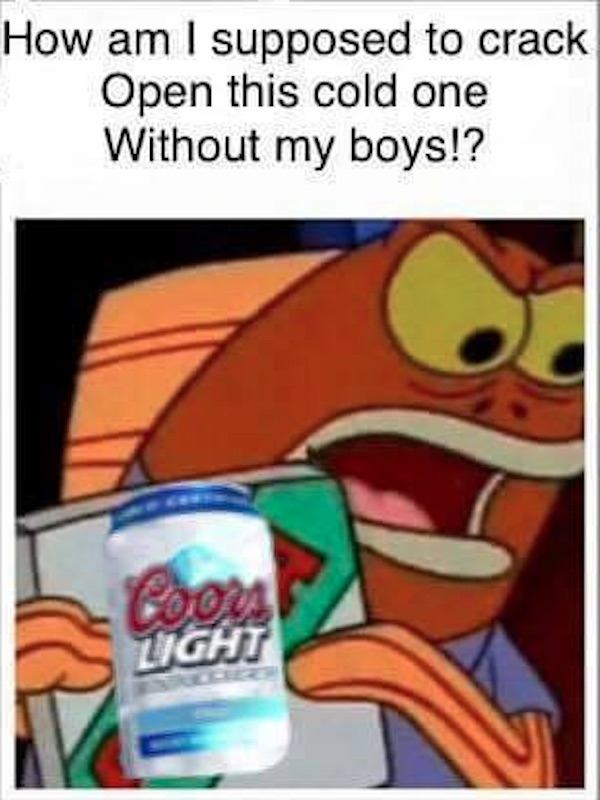
For example, since CO 2 is produced by animals when they breathe, it attracts predators like parasitoid wasps, which lay their eggs on fruit fly eggs, larvae, and adult flies. Why do flies avoid CO 2 when less active? Dickinson sees the behavior as a balance between the reward of proximity to food sources and the risk of danger. If you're going to do neuroscience, you need to make sure you're considering the behavioral and ecological context of the animal." To van Breugel, this experiment is an important lesson for researchers: "If we want to understand how an animal functions, how the brain works, or even how genes function, we can't just be looking at animals in some very artificial laboratory environment. This observation resolved the apparent contradiction between the Dickinson Lab's results and those other studies showing that flies avoided CO 2 the setups of earlier experiments likely caused the flies to become inactive.

The researchers found that flies seek out CO 2 when in an active state but avoid it while sluggish-for example, when they are sleepy or simply moving slowly because of factors like high winds or hunger. "After I ran the experiment, I found that the flies had actually crawled through the tube where the CO 2 was being emitted into the wind tunnel-they just kept crawling! So that confirmed that they are, indeed, attracted to CO 2 and that I should really investigate that more closely," he says.Īfter this first experiment, van Breugel and his co-authors continued studying flies in the wind tunnel and in other experimental setups designed to test how factors like time of day and wind speeds impacted their CO 2 response. "I thought, 'Why don't I put some flies in the same arena and see what they do?'" van Breugel says. Cameras tracked the insects' movements within the tunnel and over the platform. Van Breugel was working with mosquitoes at the time, doing experiments in the Dickinson Lab wind tunnel, a large, open chamber within which mosquitoes or flies could fly around or land on a platform from which plumes of CO 2 are released. Van Breugel set up a preliminary experiment that confirmed his hunch and drew him further into the problem. The flies co-evolved with humans to live off of what we use to make beer and wine," says Dickinson.Īppropriately, it was a home-brewing project that inspired van Breugel to pursue this line of inquiry: As he thought more about fermentation, he began to believe that, contrary to the findings of other scientists, flies ought to be attracted to CO 2. It is a yeast specialist, and not just a yeast specialist but basically a brewing yeast specialist. " Drosophila melanogaster, the standard laboratory fruit fly, evolved to eat the yeast that lives in fermenting fruit. That fruit flies would avoid CO 2 was especially confusing because flies eat yeast, single-celled fungi that produce CO 2 as they ferment sugars. They're basically the only insect for which that was reported."

#WHEN YOU CRACK OPEN A COLD ONE BY YOURSELF SERIES#
"But a long series of papers claimed that fruit flies are averse to CO 2.

"The scientific literature about insects broadly shows that CO 2 is a universal attractant," explains Dickinson. The study, led by former postdoctoral scholar Floris van Breugel (PhD '14), now an assistant professor at the University of Nevada, Reno, resolves a paradox surrounding fruit flies' response to CO 2 that had puzzled scientists for decades.

A paper describing the research appears in the November 21 issue of the journal Nature. Zarem Professor of Bioengineering and Aeronautics. The work was done in the laboratory of Michael Dickinson, the Esther M. The research overturns earlier scientific consensus that flies avoid CO 2. Fruit flies have a knack for appearing whenever someone opens up a can of beer or a bottle of wine, but how do they do it? In a study spanning six years and thousands of experiments, Caltech scientists discovered that fruit flies are attracted to carbon dioxide (CO 2), a gas associated with their favorite foods-and some of our favorite beverages. Crack open a beer outside and it is a safe bet that you will soon be defending it from a few unwelcome drinking buddies.


 0 kommentar(er)
0 kommentar(er)
